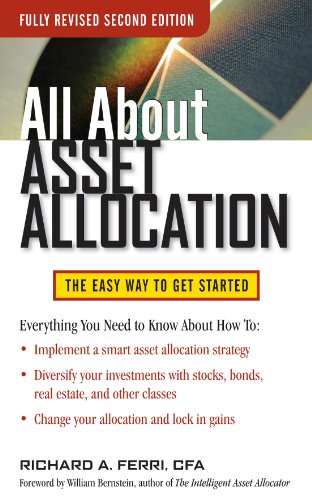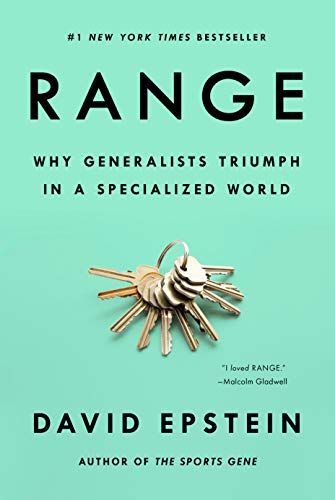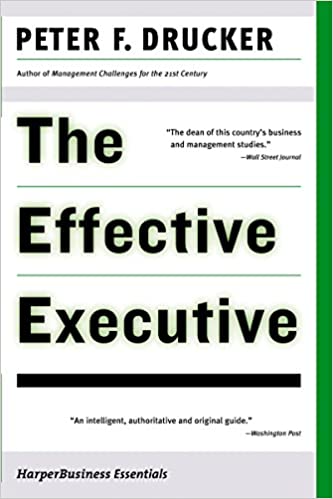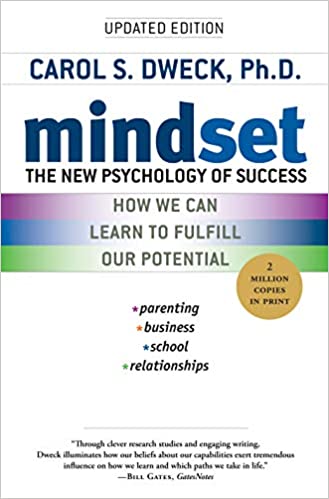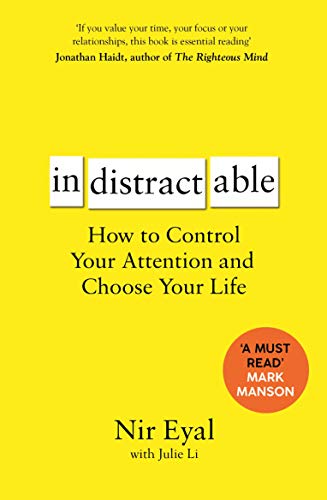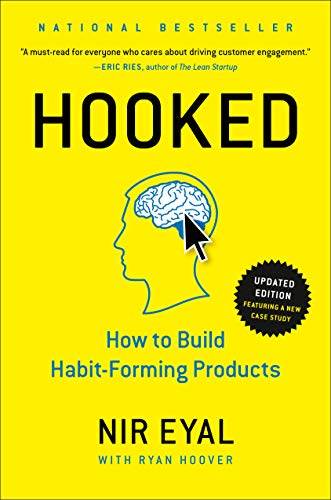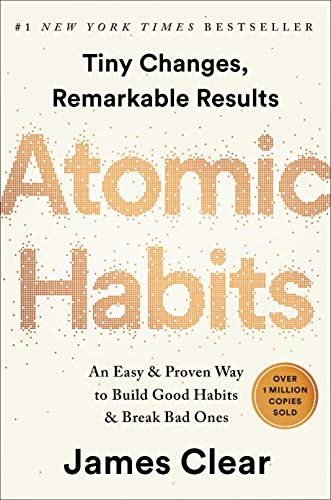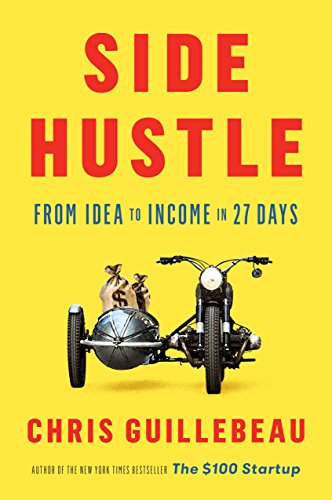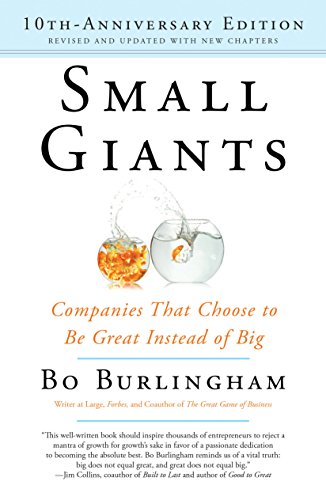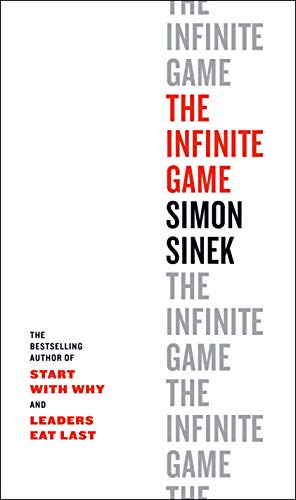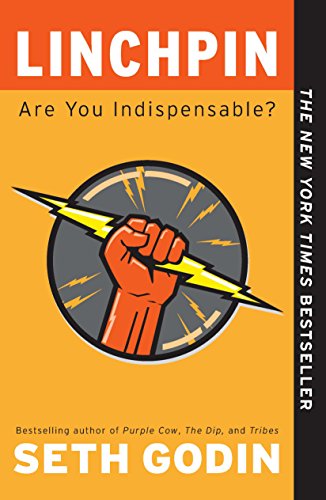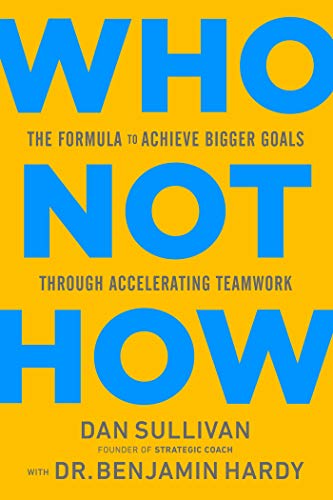Time flies. A whole year has almost passed. In this blog post, I just wanted to go through some of the books I’ve read this year and reflect on what I’ve learned. Hopefully, this would also inspire you to think about the books you’ve read and those you may want to read in the new year.
Disclaimer: these are just my own interpretations of the books. Plus, my memory isn’t perfect. There could be errors or misinterpretations of the original content. I strongly suggest doing your own research for more details if you’re interested in diving deeper into a particular book.
All About Asset Allocation
Rebalance assets once a year to maximize profit. Long-term investment should be as mechanical as possible. ETFs are probably the best choice for investment beginners.
Range
When a problem is simple, such as winning a chess game, having a singular focus and practicing one skill over and over may be the key to success. However, when a problem is complex, having a range, meaning having a broad range of knowledge and skills, is better. Don’t be shortsighted and obsess too much about instant success. Dabble and try different things before honing in on a particular one. That’s the path to living a fulfilling life.
The Effective Executive
Don’t overestimate your time. Be brutally honest about the time you have for doing solid work. Do a time audit and protect your time.
Mindset
The in-depth discussion on the growth mindset versus the fixed mindset. The simple belief that our skills and capabilities can grow enables us to put in the hard work, cultivate grit and thrive in the face of adversity. Those with the fixed mindset tend to be fragile. Attaching the word “yet” to our negative self talk, such as “I’m not a good designer, yet”, allows us to put our challenges into proper perspective through the growth mindset.
Indistractable
Various techniques for dealing with distractions such as no digital devices after 10pm. Learned about the online tool Focusmate. The fact that kids are addicted to digital devices is a manifestation of deeper problems.
Hooked
A popular read among designers. The hook model captures the design of a lot of distracting social media apps such as Facebook, Instagram, YouTube, Pinterest… These apps initially function as “vitamins” and later turn into “pain killers”. The hook model has 4 quadrants: trigger (discomfort), action, variable reward (fresh content, likes, social recognition), and investment (user-generated content). These 4 quadrants form the habit loop of the hook model which can be hard to break.
Atomic Habits
Small actions cast a vote on our identity. The compound effect of consistently doing small things is just like the exponential curves, unnoticeable at the beginning but profound down the road. We don’t want to be a fair-weather athlete, writer or anything. James Clear has a unique writing style that’s quietly inspiring and makes me contemplate and reflect.
Side Hustles
Side hustles should be relatively easy to start and shouldn’t take away too much time. Selling seasonal candy can be a profitable side business. Calculating the cost and predicting the income can be done on a napkin. Imagining the target customers and their stories is similar to persona in design thinking.
Small Giants
Big companies are not necessarily better. Staying small actually is a choice and can have its own merits.
Growth can diminish the culture. When a company goes public, its goal could shift to serving the shareholders due to pressures. The original culture that the company spent so much time and energy to build could fade away.
Growth also requires a huge amount of money, which can strain the company’s cash flow and put the company at great risks if things don’t go well.
Many of the small giants introduced in the book were built around a community. They had a bond with the community that was intimate and went beyond making money.
The Infinite Game
If you suffer from the stress of competition, read this book. It’s filled with examples of finite-minded leaders who focused so much on winning and beating their competitors that they became shortsighted and lost touch with why they were doing what they were doing in the first place, which ultimately led to their failures. On the hand, leaders who understood that they were playing an infinite game focus on advancing a just cause, a higher purpose of why they were doing what they were doing. They saw above and beyond competition. Because of this, they were adaptive, flexible, creative and innovative in what they were doing, which helped them create success unlike any other. A vivid example of this in the book is Microsoft’s failure to beat Apple through Zune under Steve Balmer and iPhone’s huge success.
Linchpin
If we don’t want to be a cog in the machine, bring unique values, solve problems creatively and be irreplaceable.
There’s a town in China that’s known for reproducing famous paintings and exporting them to the west. The people who recreate those paintings, no matter how skillful they are in making them look the same as the original version, are not artists. The people that created such a system that take advantage from it are artists.
It’s important that we ship on schedule even though our work is imperfect. Don’t let the lizard brain, which is the amygdala, paralyze us. Let our prefrontal cortex talk back to our lizard brain and regain control.
The internet has made it easier than ever for us to reach anyone and create a tribe. It has brought back the free economy that once existed in the ancient society. The biggest winners in such an economy are those with the abundant mindset who share generously.
Who Not How
We need a community, a squad to thrive. To 10X or 100X our results, think Who instead of How. Find the right Who to help each other succeed.


